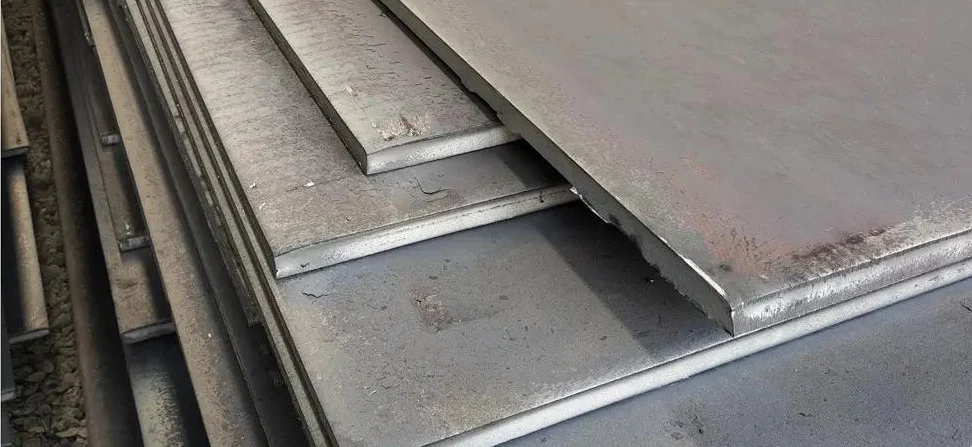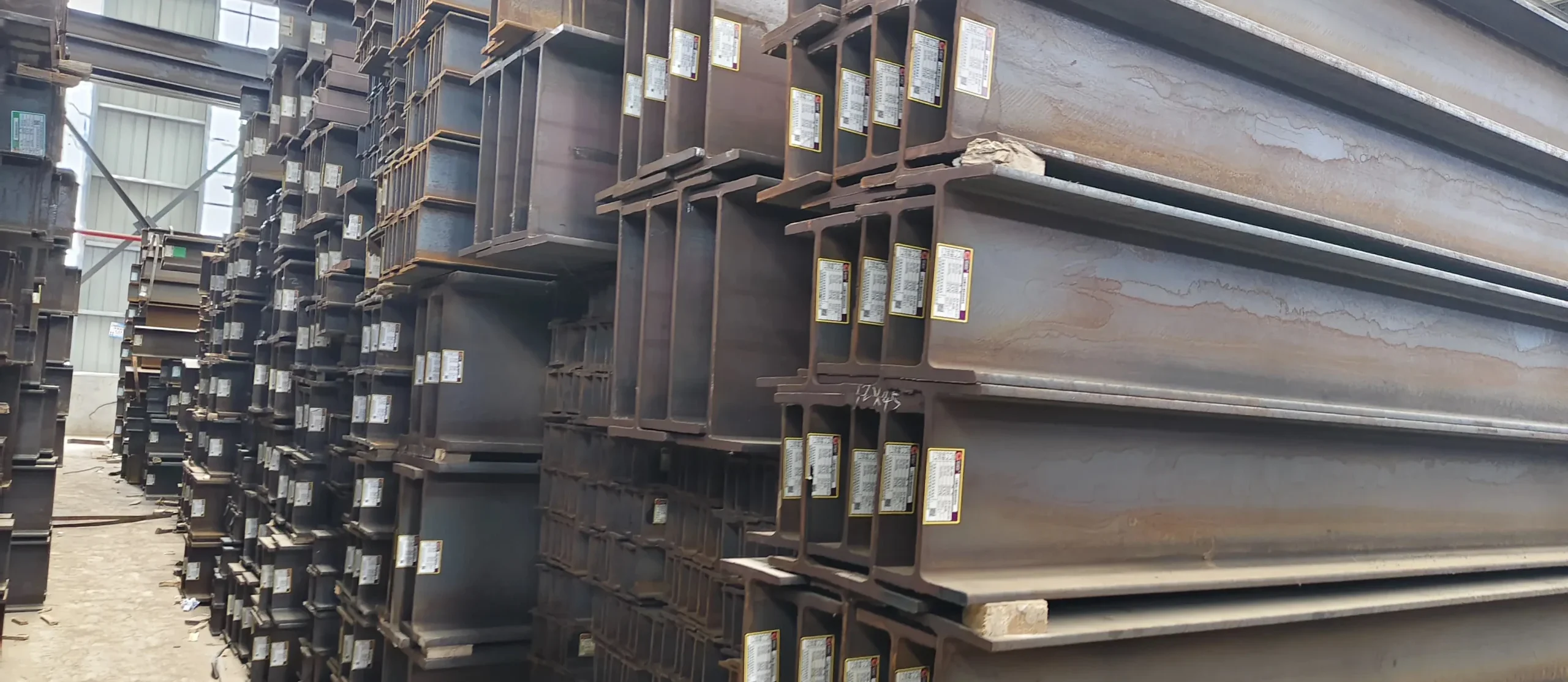Pickling and Passivating.

The performance of stainless steel is achieved by special alloy composition, in which chromium plays a leading role. The chromium combines with the oxygen, and forms an extremely thin and hard chrome-oxide film to protect the bottom part of the stainless steel. With the protection of chromium-oxide film, the stainless steel can be resistant to corrosion. Therefore, the ability to be resistant to corrosion of stainless steel is attributed to the its capability that it can form a corrosion resistant oxide layer when contacting with air.
Principle of Pickling and Passivating
The corrosion resistance of stainless steel is led by high content of chromium (for example, 316LW(Cr)=16.00~18.00). And chromium is easy to oxidize, which can quickly form a dense oxide film on the surface of steel, so that the electrode potential and corrosion resistance of steel in the oxidation medium are strengthened. The corrosion resistance of stainless steel is mainly determined by the extremely thin (about 1mm) dense passivation film on the surface.
The surface of stainless steel will be influenced by oil stains, scratches, rust, impurities, low melting point metal pollutants, paint, welding slag, spatter, lining plate, stainless steel chemicals, equipment, assembly, welding, weld inspection (such as color inspection, pressure test) and the processed material. And its surface passivation membrane will be destroyed, so that the corrosion resistance of the surface will be decreased, which makes the stainless steel easily contact with the other corrosive chemical medium.
The passivation film of stainless steel is dynamic, and it should be regarded as a protection for stainless steel rather than a coating to stop the corrosion. Normally speaking, the film is easy to be destroyed by the reducing agents such as chloride ions. However, it can be protected and repaired by oxidizing agents such as air.
When placing stainless steel in the air, it will form an oxide film. However, this film is not perfect protection. If some stainless steel with 10μm thickness is etched by pickling, the chemical activity of the acid solution will make the surface of defective parts dissolve faster than other parts. Therefore, pickling can make the whole surface tend to be uniform and balanced. Besides, through pickling passivation, iron and iron oxide can be dissolved before chromium and chromium oxide, and the defect chrome layer can be removed, so that the surface of stainless steel can be rich in chromium. Under the passivation action of oxidizer, the surface produces a complete and stable passivation film. The potential of this film can reach +1.0V(SCE), which is close to the potential of precious metals, and the corrosion resistance stability thus can be improved.
Method of Pickling Passivation
According to the different operation mode, there are six methods for stainless steel pickling passivation, including paste method, brush coating method, spraying method, circulation method and electrochemical method.
1) Impregnation Method: This method is suitable and effective for stainless steel pipe, elbow and other small piece of stainless steel because these parts can be completely immersed in the pickling passivation solution, and the passivation film is compact and uniform after the surface reaction is complete. This method is suitable for continuous operation, but it needs a continuous replenish for the new solution as the reaction will cause the decrease of solution. However, this method is limited by the shape and capacity of the acid tank, and it is not suitable for large-capacity equipment or any other long and wide pipeline. Besides, if the solution is not used for a long time, the effect will be reduced due to the volatilization of the solution. This method requires some special sites, acid pools and heating equipment.
2) Paste method: Stainless steel pickling passivation paste has been widely used in China, and there are another series of related products. Its main ingredients are nitric acid, hydrofluoric acid, corrosion inhibitor, adhesives, etc. For this method, its advantages are that it doesn’t require the special equipment and place, heating equipment, and it is very flexible for one-time pickling passivation. Besides, passivation paste shelf life is long. After surface passivation reaction stops, the stainless steel will not easy to be corroded, and will not be limited to subsequent washing time. Meanwhile, the passivation of weak links such as welds can also be enhanced. The disadvantage of this method is that the operating environment is poor, the labor need is large, the cost is high, and not effective for the inner wall of the stainless steel pipe. It should be combined with other methods.
3) Spraying method: This method is suitable for pickling passivating of single product or equipment with simple internal structure in a fixed place or a closed environment. Its advantages are fast continuous running speed, simple operation mode, small corrosion effects on workers, and pickling pipeline can be pickled again when transporting liquid, which makes the solution utilization rate become higher.
Posted by stainless steel pipe fittings suppleir, KAYSUNS.



